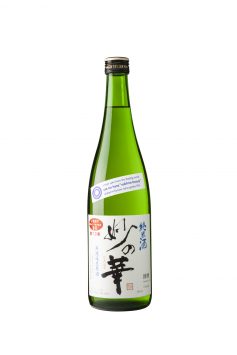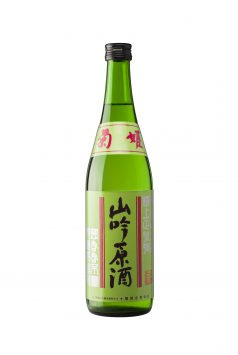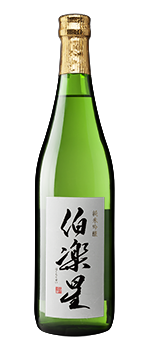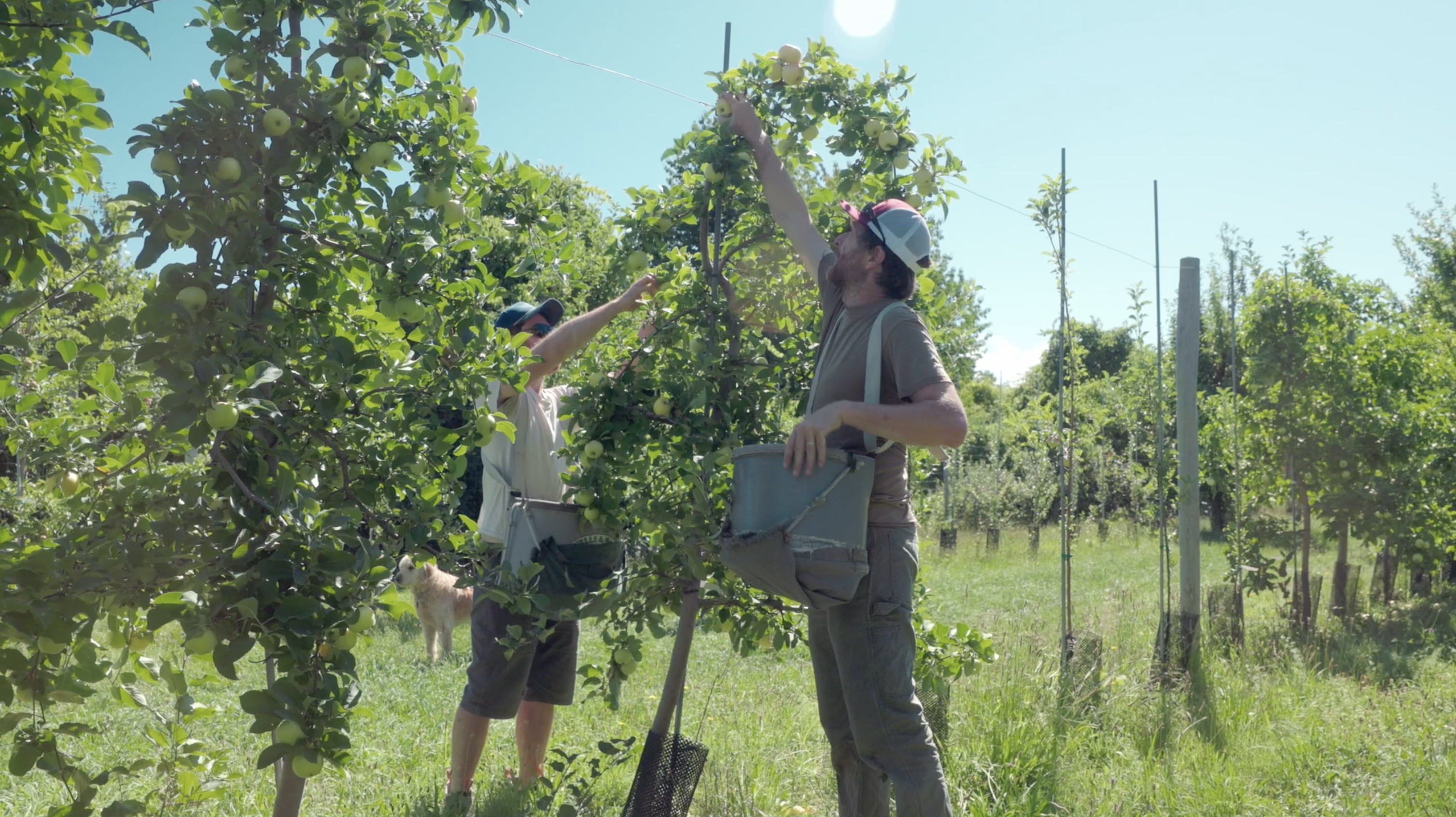We’re continuing our comprehensive look into the world of Japanese Beverage in part two of our series, focusing this time on service, aging, storage, and sake temperatures!
This is the second part of our series Demystifying the Delicious, view Part 1 and Part 3.
Okay, you’ve gotten this far in that you’ve had sake before and have a basic understanding of what’s in the bottle, but you want to be able to break out your shiny new bottles at the right moment — and the right temperature!
In this second section of our Demystifying the Delicious series, we have the opportunity to get a bit more in-depth, addressing topics based on the questions that we’ve fielded from customers coming onto the category:
And more!
If you missed the first post in this series, where we covered the basic terminology surrounding sake as well as the how to sell it in your bar or restaurant, check it out here!
SAKE 101: SERVICE, STORAGE, & AGING
The drinking culture in Japan provides with an abundance of guidance on how we can heighten our sake experience by using the correct glassware, tune into our pouring etiquette, and consider to age our sake. In the video below, we dive into when and how sake is best enjoyed.
SAKE 101: SAKE TEMPERATURES
If you thought that sake temperature came down to answering the basic question, “hot or cold?” you might be surprised to know that Japan has over a dozen different and official temperatures to enjoy sake at. Understanding the different situations and temperatures to enjoy sake is one of the most common questions that we get, and so in the video below, we dive into the three most important serving temperatures.
THE SAKES
Honjozo Sake ‘Kuromatsu’, Kenbishi
- This is the taste of old school sake: deep, rich, bursting with umami, sweetness and acidity.
- Pairs beautifully with oysters, sea urchin, tempura and even dry-aged steak.
- Made from locally Hyogo-grown Yamada Nishiki and Aiyama milled to 60% and a touch of distilled alcohol to add weight and enhance the dark aromas.

NAMA Junmai Arabashiri Kimoto Muroka Genshu Sake, ‘Sublime Beauty’, Tae no Hana
- Full bodied and rich with prominent acidity
- Savory-driven with notes of freshly cut herbs, apple, and rice bran
- Gravity-pressed from the initial “arabashiri” part of the pressing
- Yamada Nishiki rice milled to 85%
Premium Yamada Nishiki rice is only polished to 85% remaining, giving the sake dark and savory notes, balanced by bright aromas of freshly cut herbs and prominent acidity. The sake starts with full-bodied rich umami and ends with refreshing apple and rice bran acidity.
In this unique expression brewmaster Rumiko Moriki has decided to craft a sake with minimal intervention after brewing, the result coming out brash and alive from the bottle. The older kimoto method is employed to give the sake depth and acidity, only the initial fresh run of sake is taken during pressing (arabashiri), the liquid is not fined or filtered by carbon to preserve its unique character, (muroka), it is left at cask strength without water dilution (genshu) and finally skips the step of pasteurization to give the sake brightness and lift (nama).

Yamahai Ginjo Genshu Sake, Kikuhime
- Yokowa AAA Rated Yamada Nishiki milled to 55%
- Made in the time consuming Yamahai method, naturally developing lactic acid and picking up influence from the environment.
- Complex, dry, and powerful, with a stout 18.5% ABV to match the rich creaminess of the sake.
- Pair with richer foods, locally enjoyed with game meats including wild boar and venison, but also serves as a beautiful match to lightly fried dishes, curry and barbecue.
- Vibrant if enjoyed now but will deepen with age.

Junmai Ginjo Sake, ‘The Connoisseur’, Hakurakusei
- Clean, zippy and made for food pairing
- Notes of grapefruit and melon
- Pair well rich dishes like chicken liver mousse
- Kura no Hana rice milled to 55%
Slightly fuller and chewier than the Hakurakusei Tokubetsu Junmai, it shares the house style: clean and zippy and remarkably food friendly. Enjoying this out of glassware with plenty of room to breathe can really unlock its nuances, once you catch a touch of grapefruit or melon it disappears. Just full enough to stand up to richer and sweeter foods like simmered Japanese nimono dishes or to cut through chicken liver mousse. And if you’ve never tried the heavenly combination of sake and caviar, this is the place to start. Made from lesser known varietal Kura no Hana rice milled to 55%.







